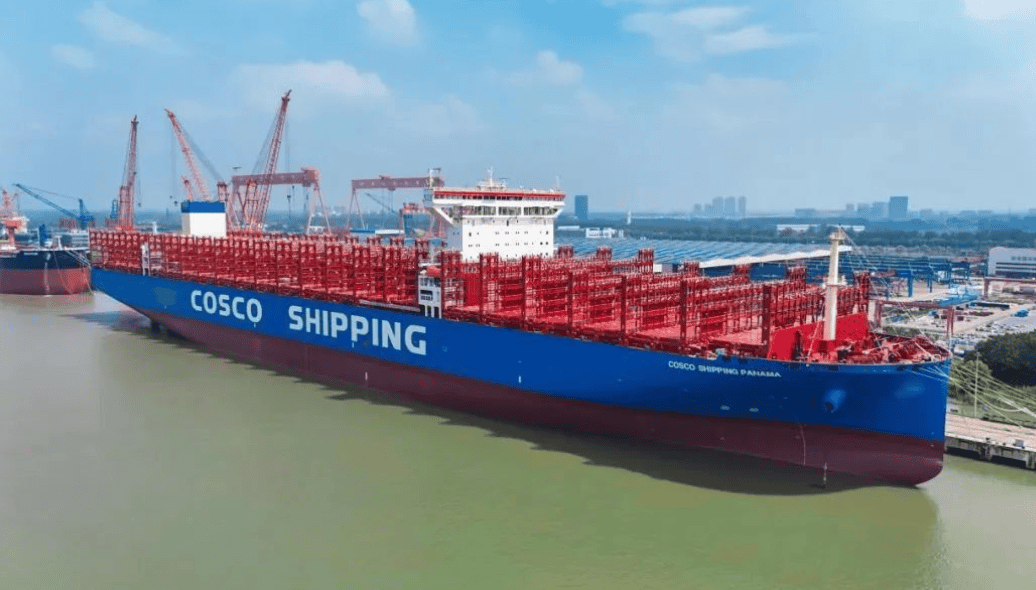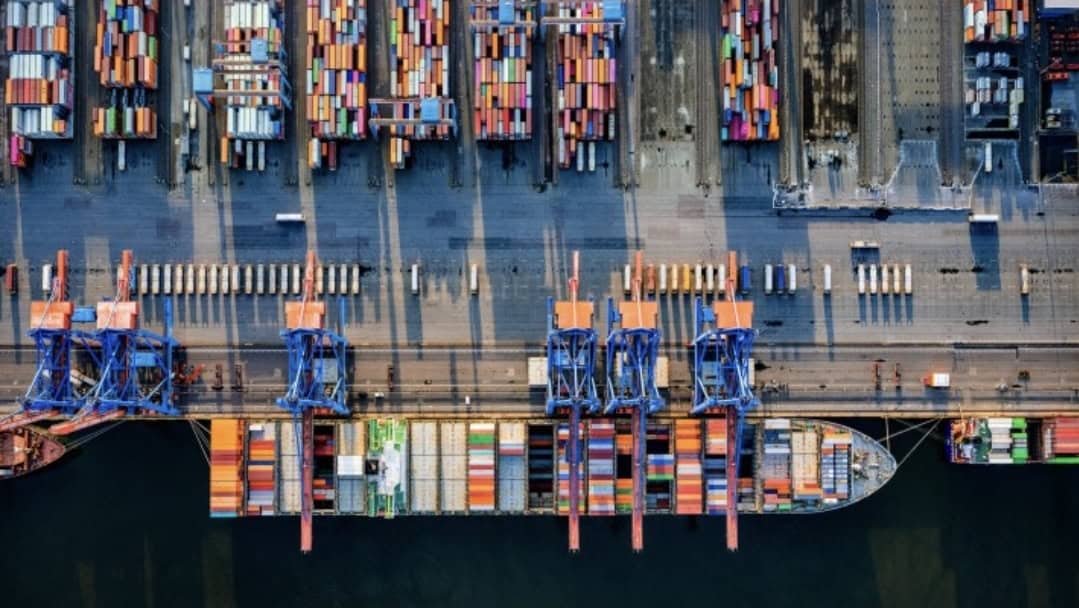The China–SCO (Shanghai Cooperation Organisation) Demonstration Zone for Local Economic and Trade Cooperation has recorded a significant increase in the volume of cargo shipments in recent months. This trend is driven not only by intensifying trade within the SCO region but also by major logistics investments and the growing internationalisation of rail operations. As a pilot platform for deepening trade and transport links between China and SCO member states, the zone is emerging as one of the most important logistics hubs along the New Silk Road.
The growing importance of the China–SCO Demonstration Zone
Located in Shandong Province, the demonstration zone was established to pilot advanced solutions that streamline cross-border commerce. SCO member states—including China, Kazakhstan, Uzbekistan, Kyrgyzstan, Russia, India, Pakistan, Iran and several observer and dialogue partners—are seeing rising demand for efficient, rapid and reliable logistics services.
The zone was designed to:
- accelerate customs clearance,
- standardise cross-border procedures,
- develop modern intermodal infrastructure,
- support multilateral trade flows,
- build storage and distribution centres serving the entire Eurasian region.
Due to its highly concentrated logistics capacity, the China–SCO Demonstration Zone has quickly become a central hub for rail freight movements destined for Central Asia and Europe.
A surge in cargo shipments – a result of multiple driving forces
Over the past year, the zone has recorded a clear increase in cargo volumes handled. This growth is the outcome of several overlapping factors:
1. Intensified trade within the SCO region
Trade between China and the countries of Central Asia continues to expand. Demand for industrial goods, electronics, machinery components, food products and chemicals is rising. Exporters and importers increasingly rely on rail as a mode of transport that offers reliability and stable transit times.
2. Expansion of intermodal rail services
The demonstration zone has become a major launch point for regular container trains. Services run to Kazakhstan, Uzbekistan, Kyrgyzstan, Russia and onward to European terminals such as those in Poland, Germany and the Baltic States. Increased frequency reduces waiting times and boosts overall network capacity.
3. Streamlined customs procedures and digitalisation
The introduction of a unified information platform for SCO customs agencies enables faster electronic data exchange and more efficient cargo inspections. Automation and the digitalisation of documentation significantly reduce border delays – a crucial benefit for time-sensitive rail services.
4. Infrastructure investments
The zone has expanded its container yards, refrigerated storage facilities, bonded warehouses and transshipment terminals. Parallel upgrades to regional rail lines and handling equipment enable the processing of a much larger volume of shipments.
Impact on Eurasian transport corridors
The rising activity in the China–SCO zone affects the entire Eurasian logistics system. Rail transport is gaining traction as a competitive alternative to maritime shipping, which has faced recent challenges such as:
- port congestion,
- limited vessel availability,
- geopolitical risks on maritime routes,
- increased freight rates.
Rail offers shorter transit times, more predictable schedules and enhanced stability. With the demonstration zone functioning as a major hub, it becomes easier to handle bulk, containerised and general cargo on east-west routes.
Implications for Europe and Poland
Although the zone primarily facilitates trade between China and Central Asia, its influence extends deep into Europe. Many shipments transit via Kazakhstan and Russia, entering the EU through major gateways such as Polish, German and Baltic terminals.
For Poland in particular, the surge in activity presents:
- an opportunity to increase the number of trains handled,
- further development of key intermodal facilities (Małaszewicze, Łódź, Sławków),
- expanded cooperation with Asian logistics operators,
- strengthened positioning as a strategic rail hub for Eurasian freight.
Potential benefits for the Polish rail sector
Polish companies stand to benefit from:
- increased transit handling,
- value-added logistics and warehousing services,
- first- and last-mile operations,
- greater integration with Asian digital logistics platforms.
The growing volume of shipments originating in the SCO region opens the door to additional revenue streams and long-term cooperation.
Technology driving modern logistics
The China–SCO Demonstration Zone is heavily investing in high-tech logistics solutions, including:
- electronic waybills,
- real-time track-and-trace platforms,
- automated container recognition systems,
- high-throughput security scanning,
- data-driven analytics to manage terminal capacity.
Advanced data tools support dynamic scheduling and routing, allowing operators to identify bottlenecks early and optimise freight flows.
Outlook for the coming years
Experts anticipate continued and accelerated development of the zone. Planned initiatives include:
- expanding terminal infrastructure,
- constructing additional bonded warehouses,
- implementing a fully unified electronic documentation system across all SCO member states,
- developing new intermodal routes toward Southern Europe and the Balkans,
- strengthening cold-chain logistics.
The zone is also expected to grow into a research and training centre for innovative intermodal transport models and advanced supply-chain technologies.



